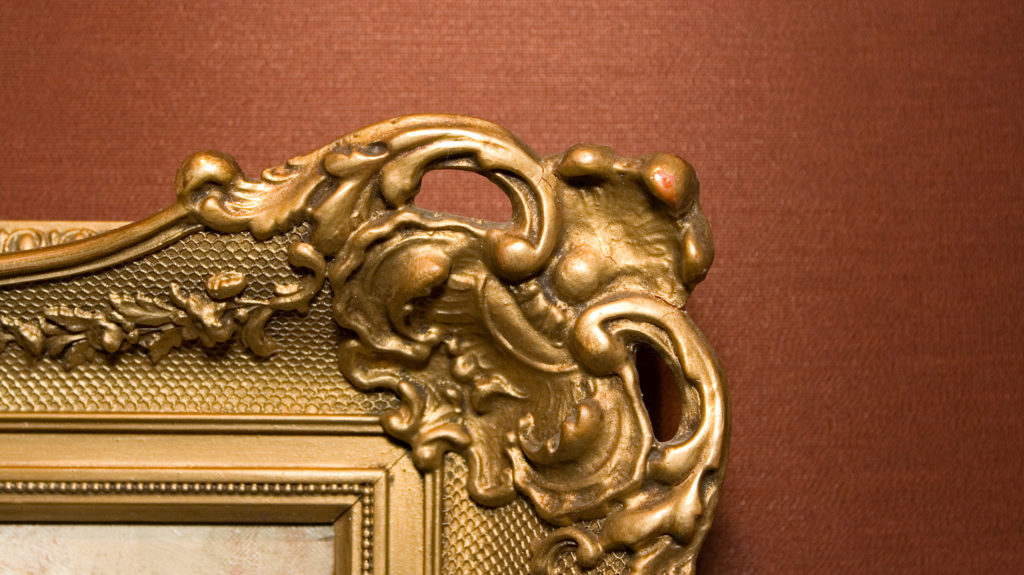From transit to display, do you know the risks your fine art faces? The most common claims made for fine art are theft, water and transit damage, yet the value of your pieces can be compromised in a number of ways. We look at how best to transport, store and display your fine art so you can keep it in the best condition possible.
Transit
When transporting fine art, due diligence is required as it leaves your piece subject to high risk. Ensure you don’t expose your art to the elements such as excessive sunlight, which could cause fading, rain, snow, wind or otherwise.
You should also ensure that, whilst the art is being transported between locations, it isn’t at risk of being dropped or knocked against anything else. It’s wise to use specialists when relocating art as they use specially constructed containers to transport it safely and their practice is suited to protecting your pieces.
Storage
Prepare your fine art by cleaning it with a cloth to remove dust. Use crescent board to allow your art to breathe without coming into contact with other pieces, and ensure you use acid-free materials throughout the process.
When storing your art, never wrap it in Clingfilm as this could result in mould developing on your piece and damaging it. If your artwork came in a tube, don’t leave it rolled up in there until you’re ready to hang it. Instead, store it flat as it becomes subject to damage if left rolled up too long.
You may want to think about which rooms have an environment best suited to preserving your art whilst it’s in storage. Try to avoid using unfinished attics or basements with no climate control as they can very easily reach temperatures which could affect the art. It’s best to choose a room with no exterior walls, no air vents or windows and no indicators of damp (such as musty smells or mould).
Display
When your art is on display in your home, don’t expose it directly to sunlight and avoid hanging it on a wall directly facing a window. Additionally, don’t use cleaners or solvents to clean your piece. Instead, simply dust it with a soft feather duster or fable brush.
Lastly, take note of the humidity levels in your house. A hygrometer measures this and can be obtained cheaply. Remember, the humidity shouldn’t get above 55%. There are steps you can take to lower the humidity in your home, such as investing in a dehumidifier or placing a shallow dish of cat litter in the corner of your room.
It’s worth taking these measures to protect your investment as fine art is a valuable commodity and deserves to be protected. If you want to speak to us about protecting your art through insurance, contact Fiveways Insurance on 01952 812 380.



